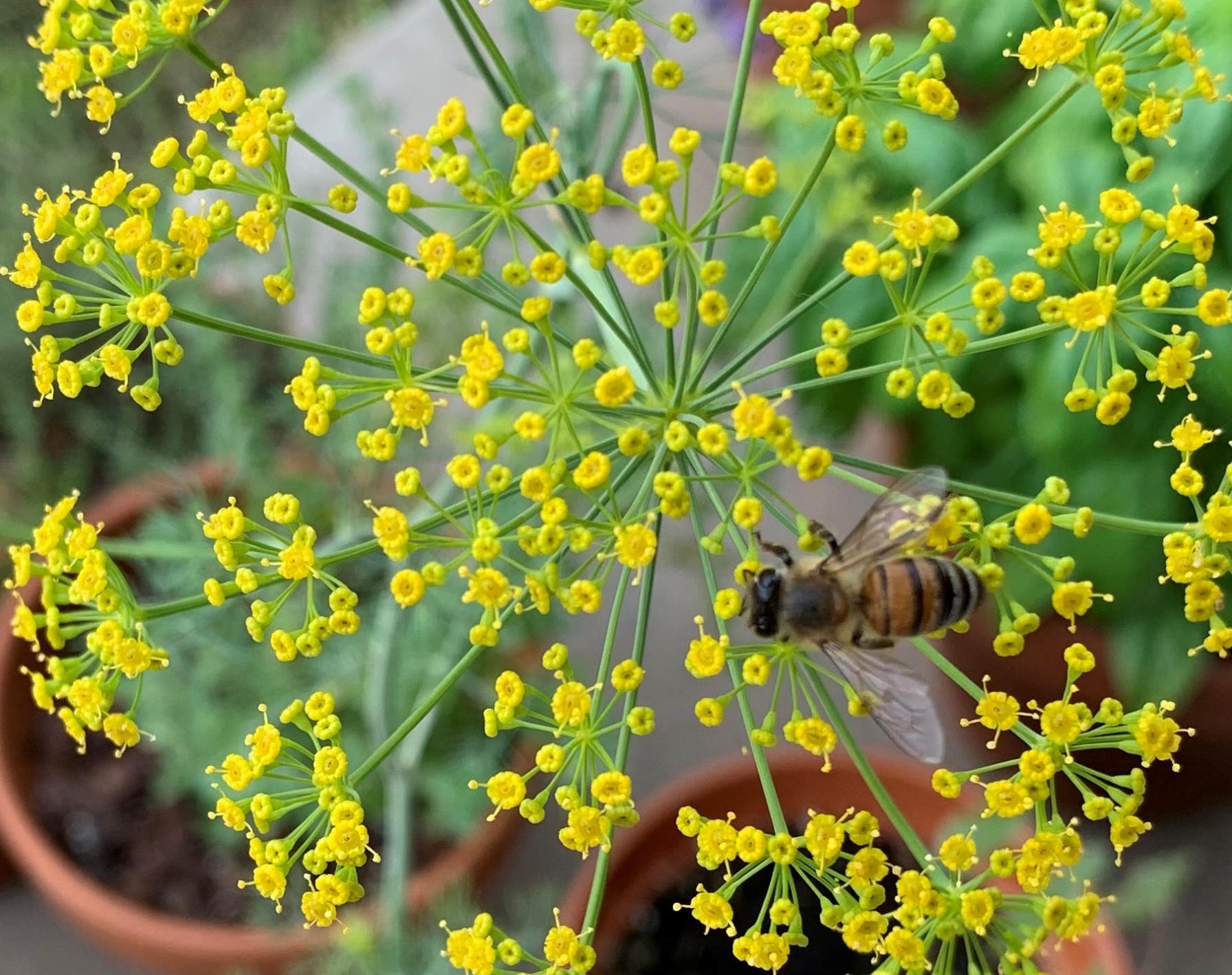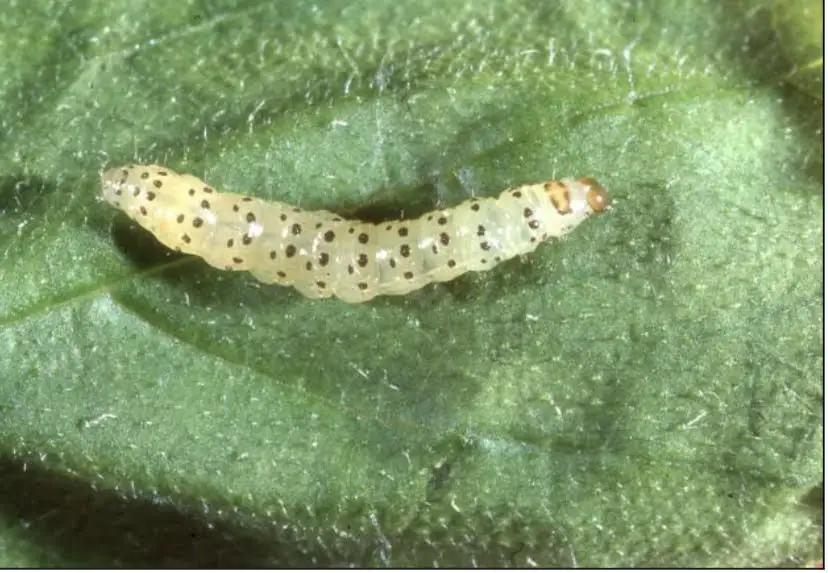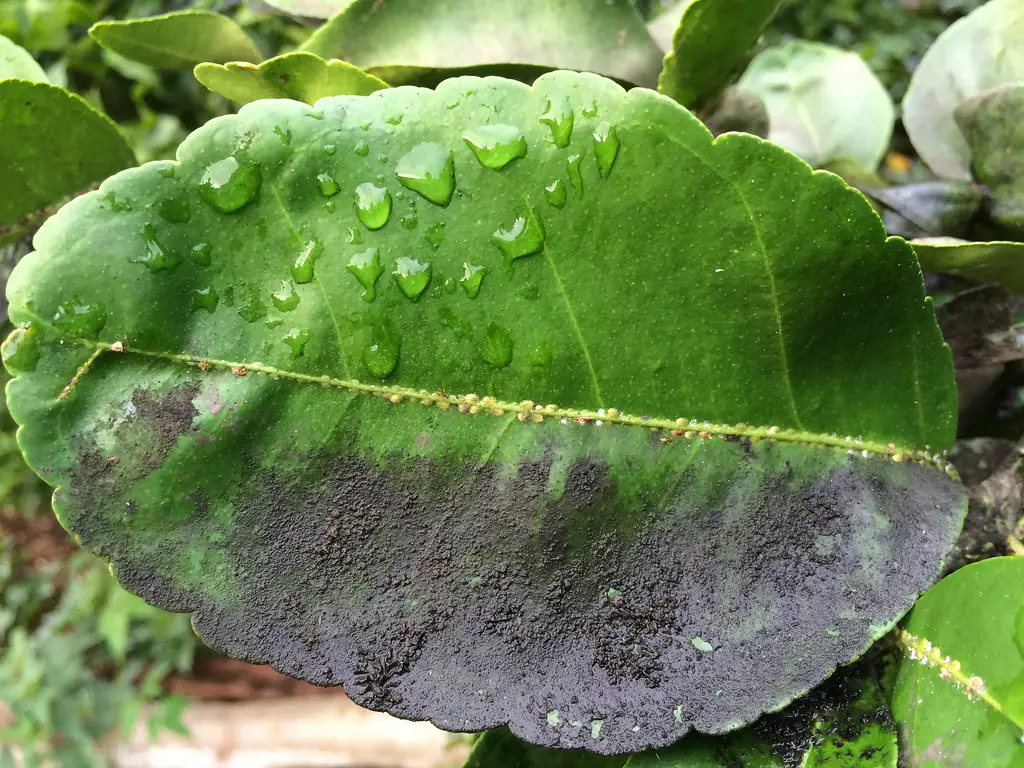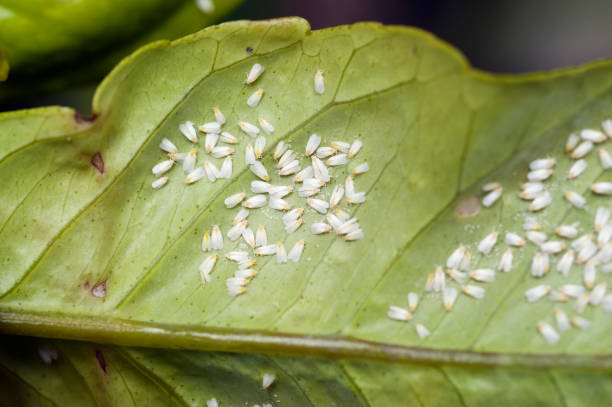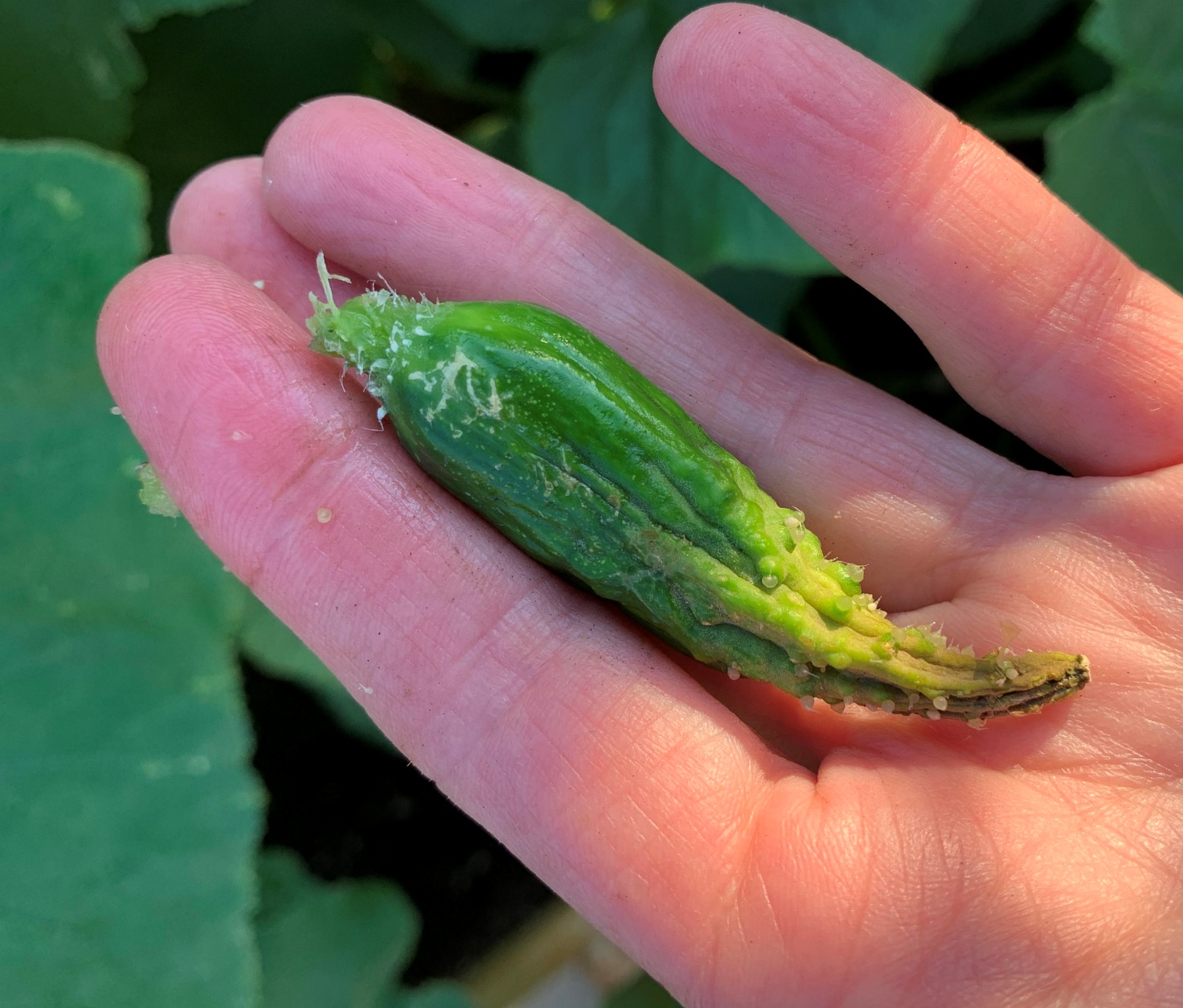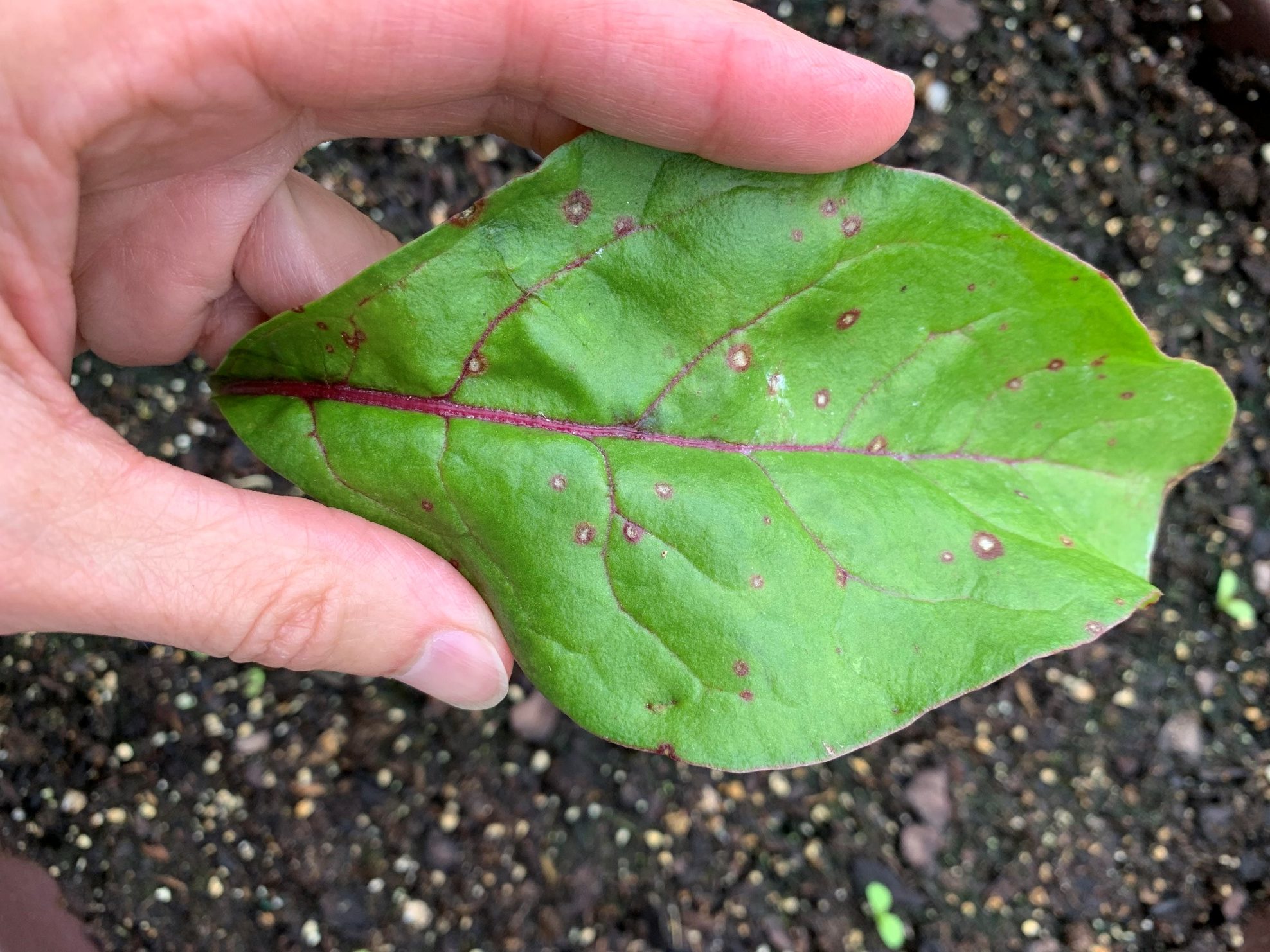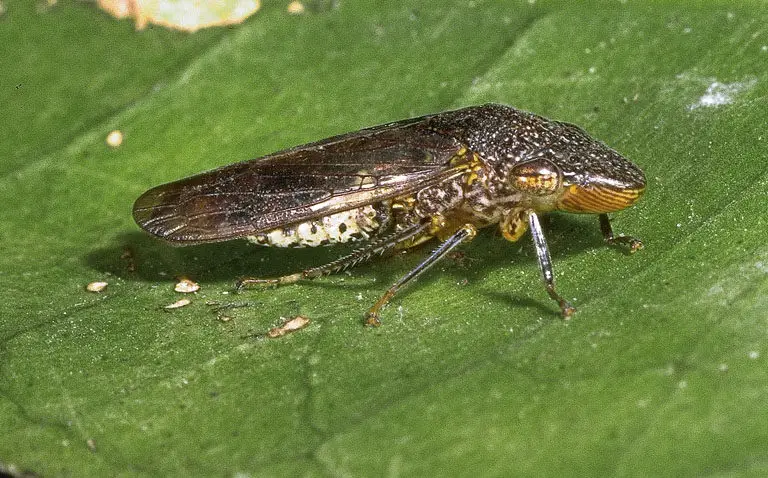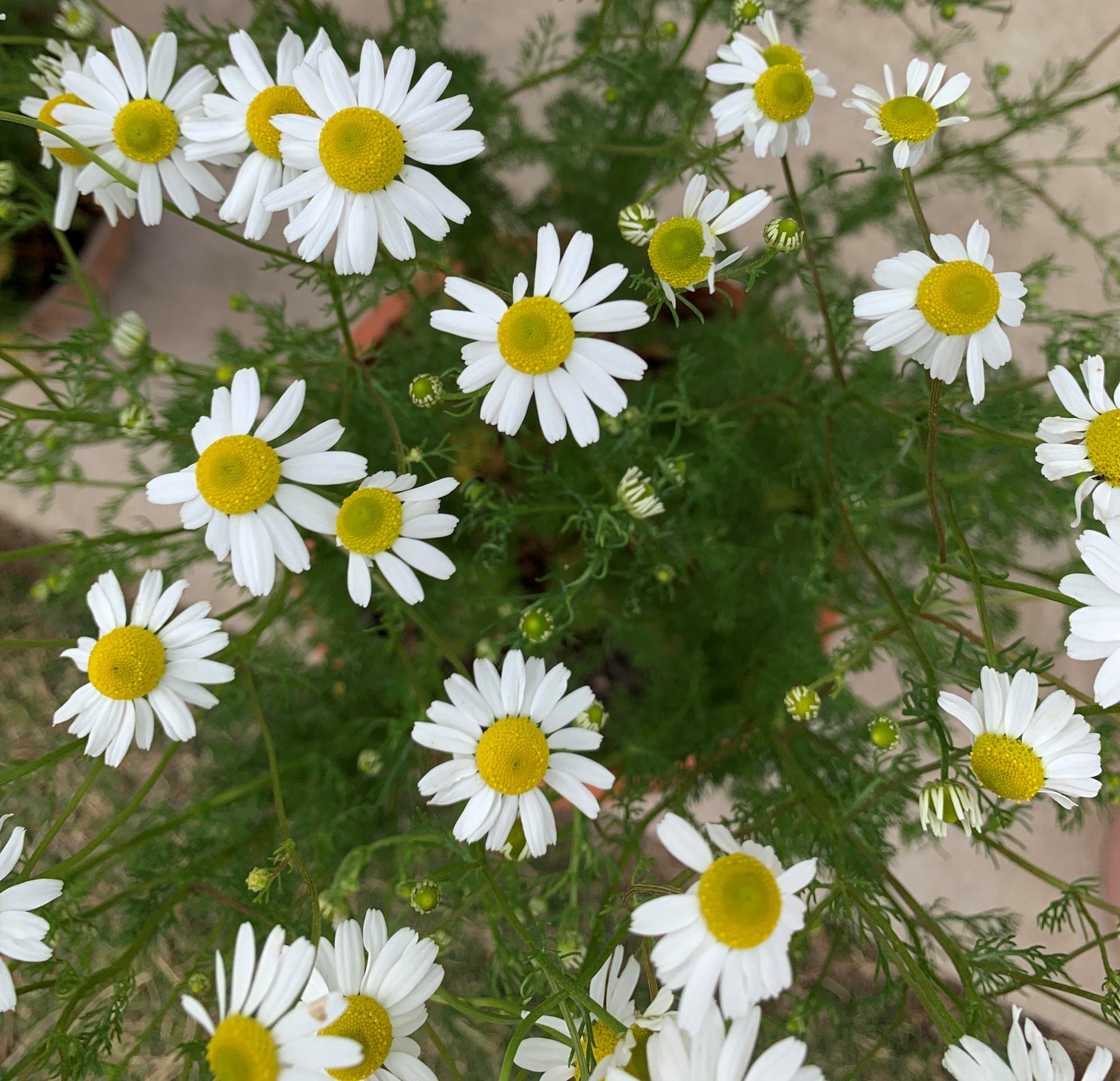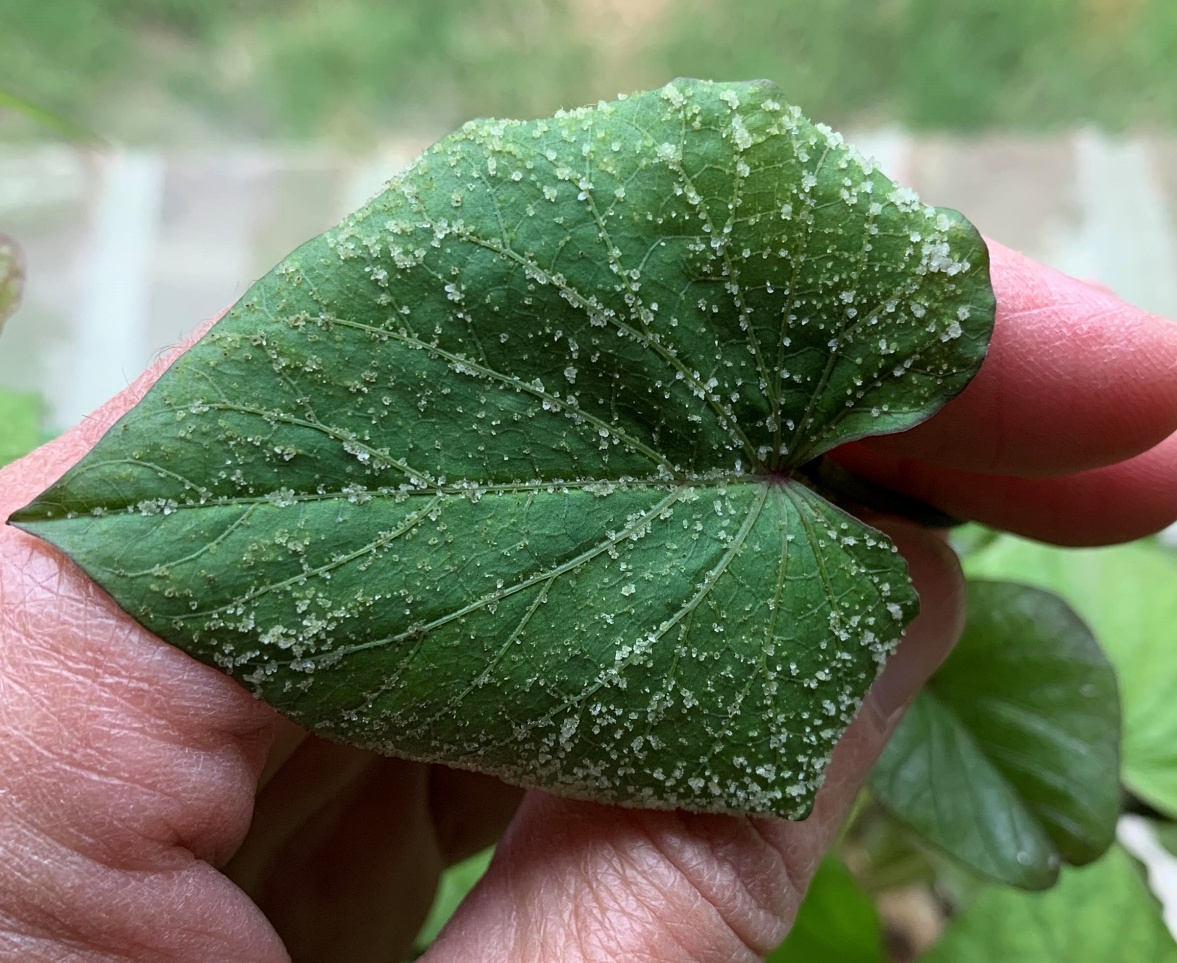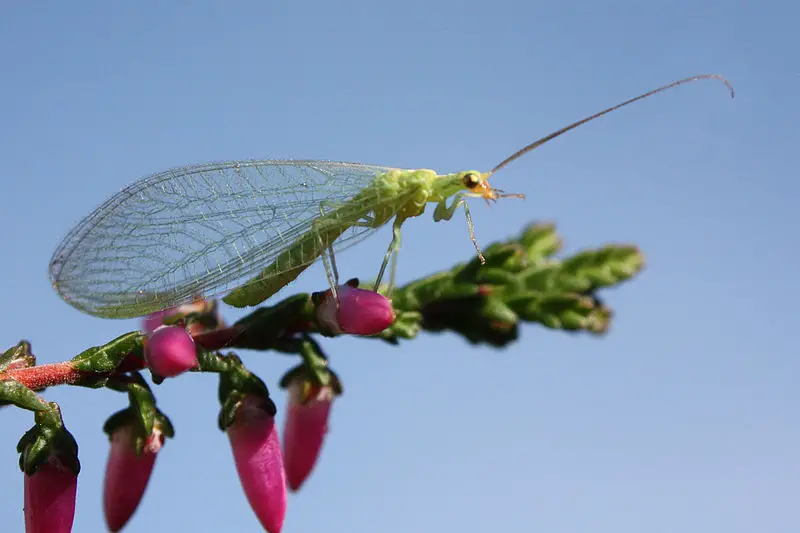How to Grow Dill in Beds or Containers
Dill is an annual, self-seeding herb that has wispy stems and feathery leaves. Both the leaves and seeds are edible, and they are perhaps best known for flavoring pickles. But dill is also used to season soups, fish, roasted potatoes, and other vegetables.In addition to seasoning foods, this native Mediterranean…
